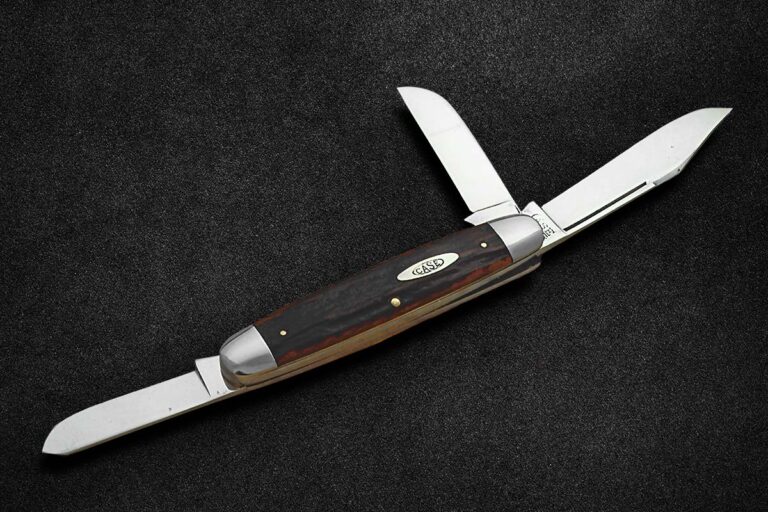
Decades ago in America the pocketknife was universal, with such patterns as the barlow, stockman, trapper and folding hunter well represented in the pockets of our fathers, grandfathers and great-grandfathers. But what about today, when the most likely pocketknife task is opening an Amazon box or trimming a string off a shirt? To find out not only what folks are carrying but why, BLADE® asked several industry insiders, “What makes the perfect pocketknife?”
Pocket Knife Funtionality
Let’s begin our hunt with a look at the past. Many BLADE readers know Joe Culpepper for his and wife Kristi’s knife handle material business, Culpepper & Co. For many years the Culpeppers have provided the knife industry with quality jigged bone, Sambar stag and other exotic materials. Joe is also a student of the slip-joint/traditional pocketknife in all its variations, and sells vintage knives under the business name of Old School Knife Works.
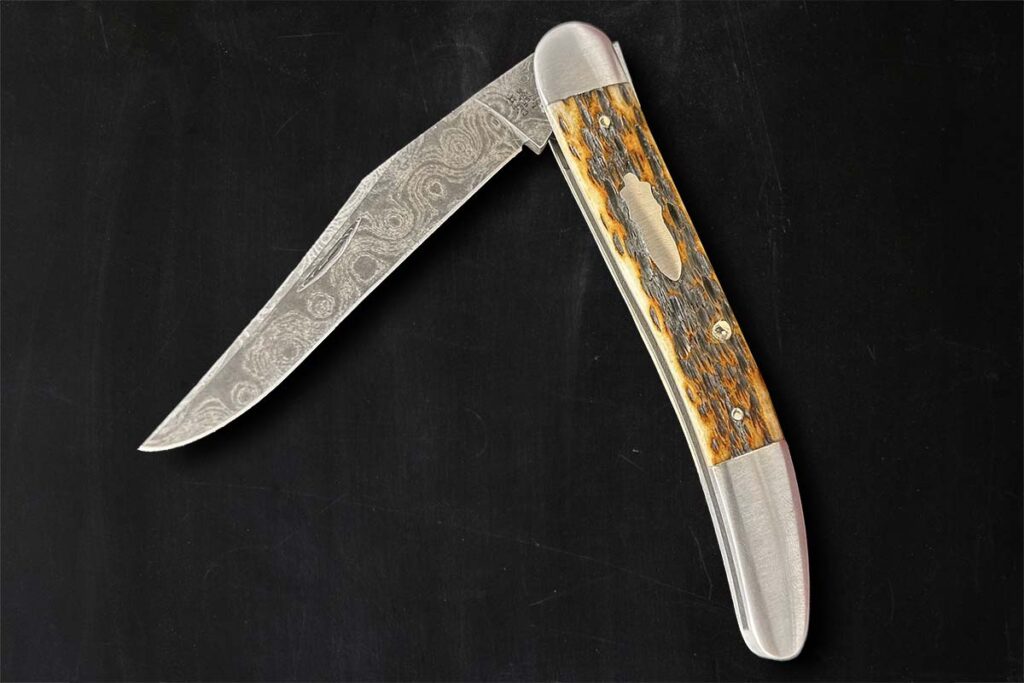
“A good pocketknife first and foremost should perform and function reliably in the way it was designed,” he began. “Whether we’re talking about an electrician’s knife, fish knife, melon tester or trapper, the most important thing is that it does its job.”
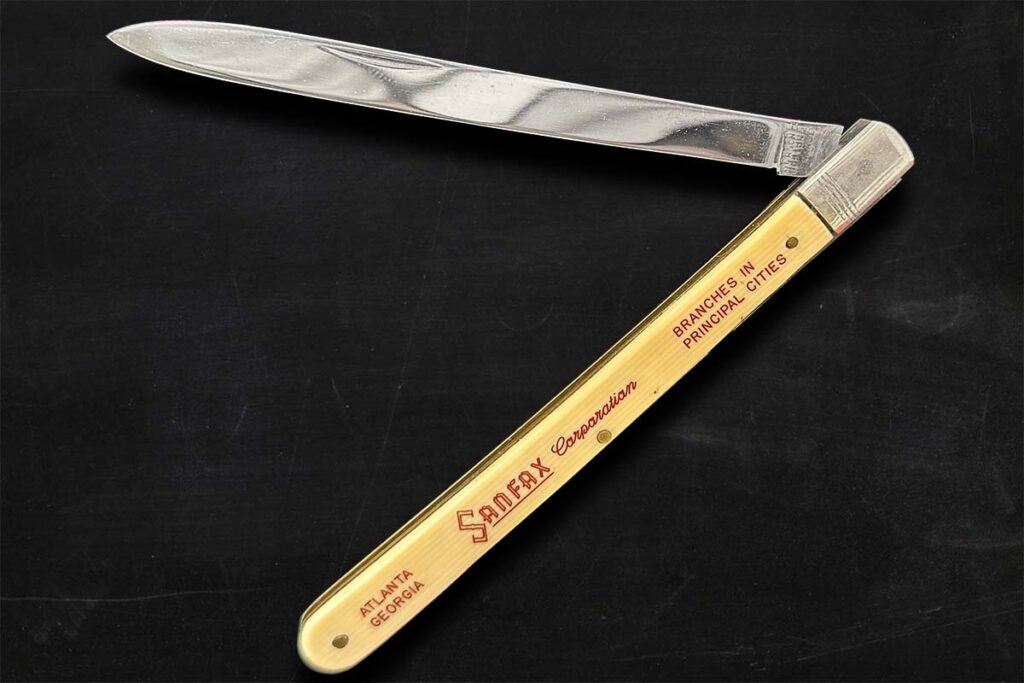
It has been a while since I used a knife to test a melon and Joe, too, was quick to acknowledge that many of the knife tasks of yesteryear have fallen by the wayside. “Frankly,” he admitted, “many of our pocketknives are simply just really nice box cutters.”
Pocket Knife Blade Size
Sticking with the nice box cutter theme, Knafs co-founder Ben Petersen added that he likes knives suited to the “dad life”—cutting apples cleanly without splitting them, opening boxes and whittling the occasional stick. “I’m not out to stab people,” he grinned. “For me, I think a 2.9-inch blade is perfect. Being under 3 inches keeps you safe from most restrictive knife laws, and it also is the perfect length for the finger test.” Ben went on to explain. “Most of the time when I cut, I put my index finger along the spine of the blade,” he noted. “I want the point of the blade right in the middle of my fingertip where it won’t cut me, but also gives me very precise control.”

Ben had a fun take on the perfect knife. “You know,” he reflected, “to a 12-year-old a gas station knife* is perfect. The perfect knife is totally different to everyone.” I smiled, remembering how much joy my 14-year-old son got from a rusty Bass Pro Shops framelock, missing a screw, that we found in a pasture on a dove hunt.
Types Of Pocketknives
Most of us BLADE readers probably already have a good idea of what we like in a pocketknife. We know if we like small ones or bigger ones for everyday carry. We know the steel types we like, and whether we prefer a single or multi-blade. Joe offered some generalizations that match my experience.
Tradional
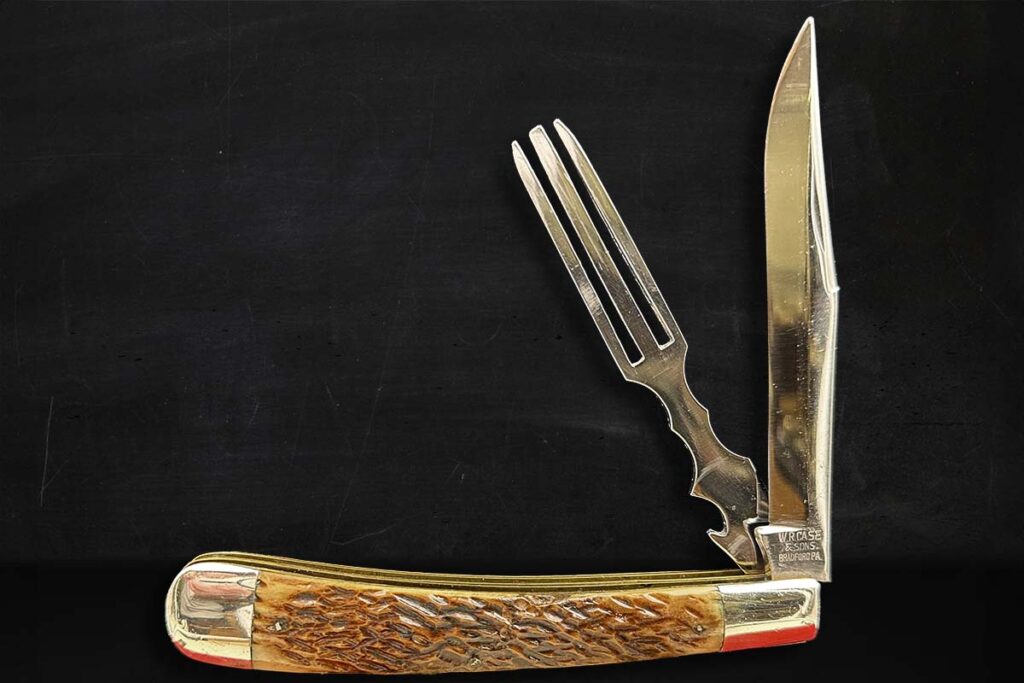
“As we get more into knives we tend to evolve into one of two categories, and they’re often correlated with age,” he reasoned. “The older generation tends to go for the more traditional slip joints with natural materials and carbon steel like their dad or grandad carried.”
Joe considers some “classic” patterns and brands among his favorites, particularly the knives manufactured pre-1970 by the old American firms that mostly have gone out of business. “When you hold an old Schrade, Empire, Robeson or even a vintage Case you get a certain sense of nostalgia,” he noted.
Modern
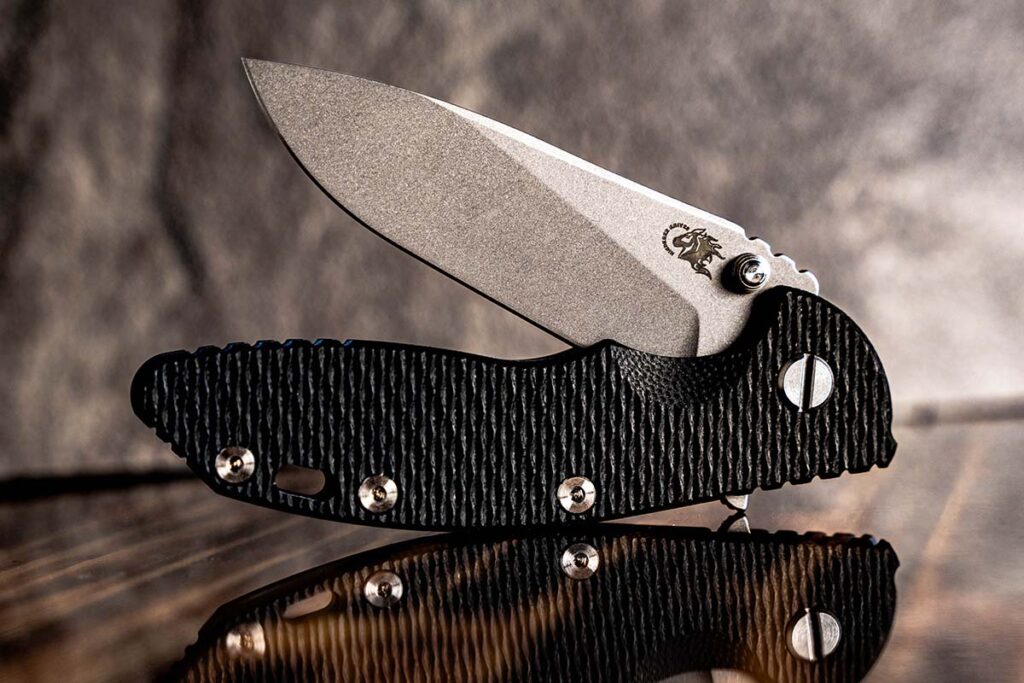
As for the other category, Joe finds that younger folks tend to lean toward modern conveniences like pocket clips, modern steels and the more tactical types of knives like Benchmades. Being just a bit on the older side myself, as well as a bit of a traditionalist, I reached out to Jordan Wagner at DLT Trading for some thoughts about what makes a “perfect pocketknife” from a modern point of view.
From an online merchant’s perspective, he said the market is very strong for quality USA-made framelocks. Titanium framelocks from makers like Rick Hinderer Knives, Chris Reeve Knives, Medford Knife & Tool and custom knifemaker Les George in the $400-to-600 price range continue to be popular.
Knives in the modern category tend to have a few common characteristics. They feature premium blade steels. They all have some kind of one-hand-opening device such as a thumb stud, blade hole, flipper tab, etc. In general, these are mid-tech production or small batch customs made in shops as often as in factories. The next level below the mid-techs are the larger-batch manufactured knives by companies like Zero Tolerance, Spyderco and Benchmade. They’re often high quality, built in factories to tight tolerances and most often made in the USA.
Often within these and other brands are quality, lower-price-point knives made overseas as well, such as the production Demko AD 20.5 made in Taiwan. There are also quality knives made by China-based companies like Reate, WE and its sister brand CIVIVI and others.
Case remains the leader in the current production of traditional patterns. But is it because there’s a demand by knife users for a two-blade trapper? Maybe, maybe not. The folks at Case know and understand that there are two big segments of customers that they serve—users and collectors—and they make patterns to please both groups.
The Perfect Pocketknife?
I think about “perfect” in terms of pragmatism. When was the last time the average knife user needed a hobo knife with a fork? Have you ever seen a titanium framelock melon tester? Culpepper has his finger on the vintage-slip-joint market, and his take is that the rise of social media has opened up huge new audiences to the vintage knives.
“The unique patterns always have a market and a strong following,” he said. “For the unique vintage knives there’s good demand, whether they’re made in the USA or even England or Germany.”
More On Pocketknives:
- Why The Pocketknife Endures
- Best Pocketknife Options For EDC
- Best Pocketknife Brands
- How To Close A Pocketknife
 NEXT STEP: Download Your Free KNIFE GUIDE Issue of BLADE Magazine
NEXT STEP: Download Your Free KNIFE GUIDE Issue of BLADE Magazine
BLADE’s annual Knife Guide Issue features the newest knives and sharpeners, plus knife and axe reviews, knife sheaths, kit knives and a Knife Industry Directory.Get your FREE digital PDF instant download of the annual Knife Guide. No, really! We will email it to you right now when you subscribe to the BLADE email newsletter.






